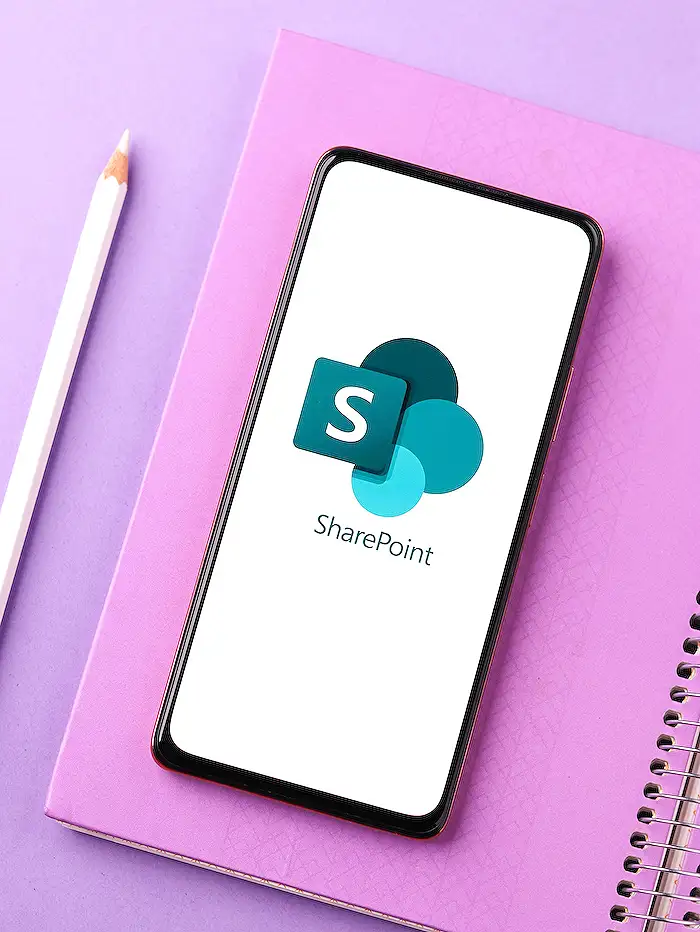SharePoint Online
Jan 29, 2025 8:52 PM
SharePoint: NEW SharePoint Branding - Step by Step
SharePoint, Brand Center, PowerShell, Copilot, Membership, Accessibility Checker, Font Packages, Custom Themes
Key insights
- SharePoint Branding: Customize your SharePoint site with branded themes, fonts, and colors without using PowerShell.
- Brand Center: A centralized tool for managing company assets like colors, fonts, and images to ensure consistency across sites.
- Custom Themes: Create personalized color schemes and layouts to match your organization's identity using SharePoint's responsive templates.
- Font Packages: Manage custom fonts through the Brand Center to enhance the visual identity of your SharePoint sites.
- Avoid Custom Master Pages: Use modern theming and branding techniques for easier maintenance and compatibility with updates.
- Organization Asset Libraries: Store logos and templates in centralized libraries for easy access and consistency across your environment.
Introduction to SharePoint Branding
Branding your SharePoint site is essential for creating a cohesive and professional appearance that aligns with your organization’s identity. With the modern SharePoint experience, you can customize various elements such as logos, colors, fonts, and navigation to reflect your brand, often without the need for coding. This guide, inspired by Daniel Anderson's YouTube video, provides insights into the latest SharePoint branding techniques and tools.Exploring New Site Branding Features
One of the most exciting aspects of the new SharePoint branding capabilities is the ability to access and utilize new site branding features without relying on cumbersome PowerShell scripts. This advancement simplifies the process for site owners, allowing them to focus on creativity rather than technicalities. By following a step-by-step guide, users can easily set primary and accent colors, ensuring that their site aligns with their brand's visual identity. Moreover, the introduction of an accessibility checker helps ensure that the chosen color palette meets accessibility standards. This is crucial for creating inclusive digital experiences that cater to all users. Instantly applying custom themes further enhances the user experience, as changes are immediately reflected on the site, providing a real-time preview of the branding impact.Understanding the Role of Fonts in Branding
Fonts play a significant role in branding, and SharePoint's new features make it easier than ever to incorporate custom fonts into your site. The introduction of font packages allows site owners to manage and apply branded fonts seamlessly. By uploading custom font files, organizations can ensure that their typography aligns with their brand's identity. The process of creating and assigning font packages involves linking uploaded fonts to different text elements, such as titles, body text, and interactive components. This level of customization not only enhances the aesthetic appeal of the site but also contributes to a consistent brand experience across various SharePoint sites.Leveraging the Brand Center for Consistency
The SharePoint Brand Center serves as a centralized hub for managing an organization’s brand assets, including colors, fonts, and images. This tool is instrumental in ensuring consistency across SharePoint sites, streamlining the branding process, and reducing the risk of discrepancies. Setting up the Brand Center involves provisioning the site and enabling the Public CDN, which facilitates the distribution of brand assets. By storing and managing these assets in centralized libraries, organizations can maintain consistency and provide easy access to branding materials for all team members. This approach not only simplifies the branding process but also fosters a unified brand identity across the organization.Best Practices for Effective SharePoint Branding
To maximize the effectiveness of SharePoint branding, it is crucial to follow best practices that align with modern theming and branding approaches. One key recommendation is to avoid customizing master pages, as this can lead to maintenance challenges with ongoing SharePoint updates. Instead, leveraging modern theming techniques ensures compatibility and reduces upkeep. Additionally, utilizing organization asset libraries to store and manage brand assets like logos and templates is essential for maintaining consistency. These libraries provide a centralized location for accessing branding materials, streamlining the process for users across the SharePoint environment. Incorporating custom fonts is another best practice that enhances the visual identity of SharePoint sites. The Brand Center's font management capabilities allow organizations to align their typography with their brand, creating a cohesive and professional appearance.Copying Themes Across Multiple Sites
One of the standout features of the new SharePoint branding capabilities is the ability to copy themes from one site to another. This functionality is particularly beneficial for organizations with multiple SharePoint sites, as it allows for the reuse of branding elements and fonts across different platforms. By copying themes, organizations can ensure a consistent look and feel across all their sites, reinforcing their brand identity. This approach not only saves time and effort but also contributes to a unified brand presence that resonates with users. In conclusion, the new SharePoint branding features offer a wealth of opportunities for organizations to enhance their digital presence. By leveraging these tools and following best practices, site owners can create a branded experience that aligns with their organization's identity and provides a consistent look and feel across all their sites. For a visual demonstration of these capabilities, Daniel Anderson's YouTube video offers valuable insights and practical guidance.

Keywords
SharePoint Branding Guide 2025 SharePoint Design Tips Modern SharePoint Themes Customize SharePoint Look New SharePoint Features Advanced Branding Techniques Enhance User Experience Office 365 Integration
HubSite 365 Apps
